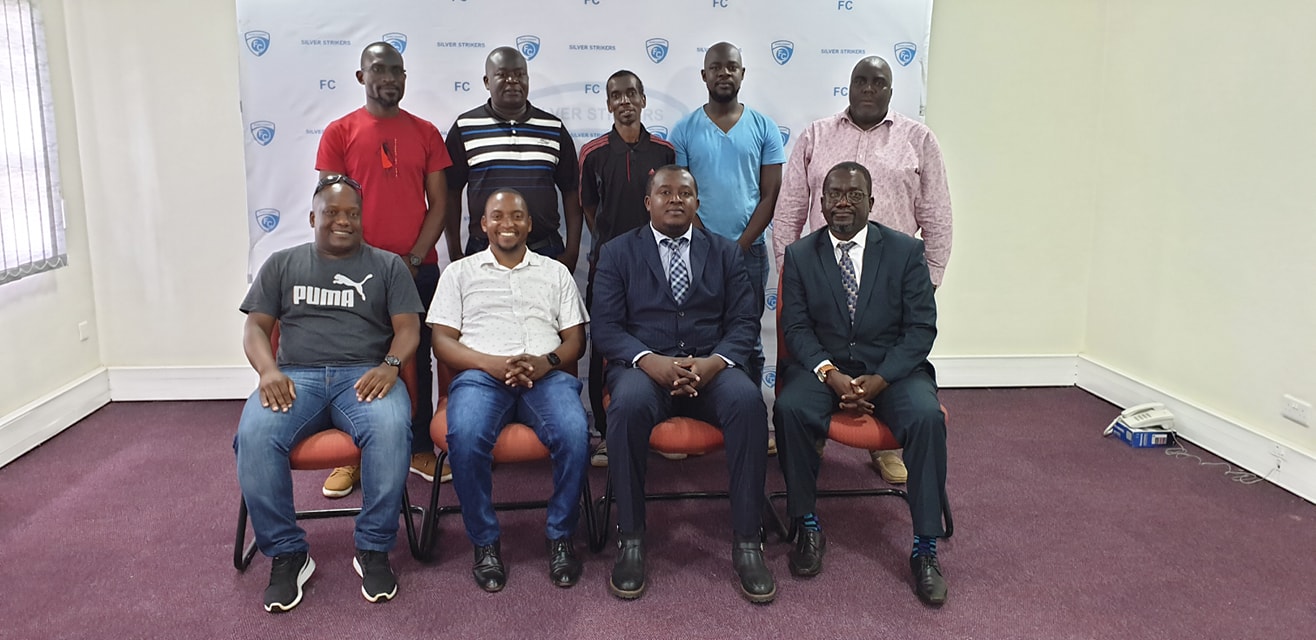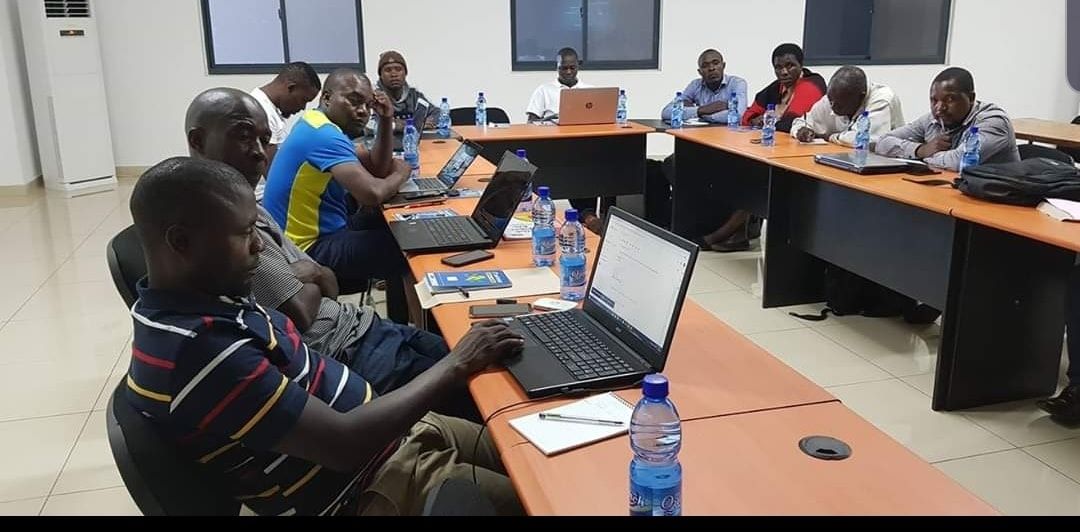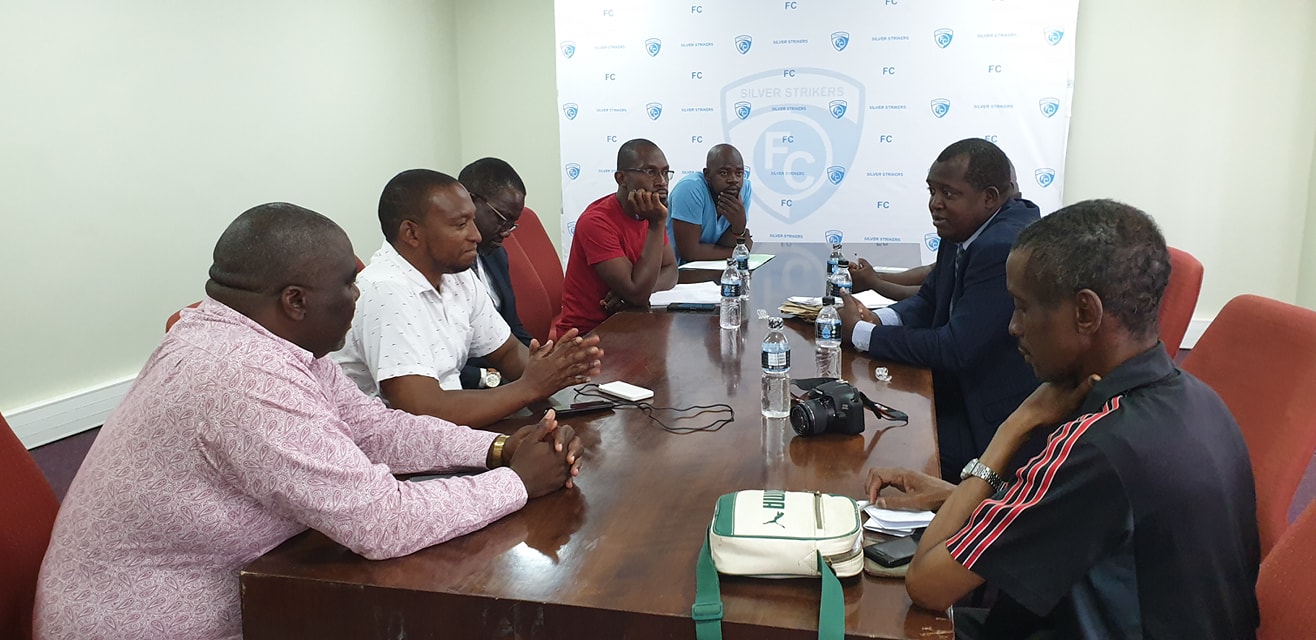



Club Licensing
What is Club Licensing Regulations?
The global objectives of the Club Licensing Procedure were defined by FIFA during its Congress which was held in Munich in 2006. The FIFA Executive Committee adopted the FIFA Club Licensing Regulations on 29 October 2007 and it came into force on 1 January 2008.
In its Circular to Members, FIFA described the CLR as:
“The basic working document for the club licensing system, through which the different members of the football family aim to promote common principles in the world of football such as sporting values, transparency in the finances, ownership and control of clubs and the credibility and integrity of club competitions.”
Club Licensing Malawi
Club Licensing was first initiated in Malawi in 2007 when FIFA sent its consultant Ghanaian Ben Koffi who had a two day long sessions with both FAM and SULOM. The consultation was held again in 2008 which resulted in FIFA holding a week-long workshop on Win-In-Africa-With-Africa (WIAWA) in September of 2009.
At this workshop, the introduction of Club Licensing was agreed upon by all stakeholders present. It took close to 5 years for the first Regulations to be drafted and sent to CAF.
FAM Club Licensing became part of the FAM Statutes in 2015 and the Regulations were adopted. A period of introduction and soft implementation started immediately after the FAM Club Licensing regulations came into force and the Club Licensing Procedure entered into full implementation phase for the first time during the 2015 Season.
The implementation of the Club Licensing Procedure must be respected by all FAM Member Associations. Currently the rules only apply to Super League teams
What are the Minimum Requirements?
The minimum requirements are the basic criteria which must be met by clubs in order to be eligible to participate in continental or national competitions as the case may be. These requirements/criteria are divided into five categories namely
- Sporting criteria,
- Infrastructure criteria,
- Personnel and Administrative criteria,
- Legal criteria
- Financial criteria.
The requirements described in the FAM Club Licensing regulations are graded into three different categories:
- a) “A” criteria – “MUST”: If the license applicant does not fulfill any “A” criteria requirement, it cannot be granted a license to enter the FAM competitions;
- b) “B” criteria – “MUST”: If the license applicant does not fulfill any “B” criteria requirement, it may be subject to sanctions as specified by the licensor but may still qualify to receive a license to enter the FAM inter-club’s competitions;
- c) “C” criteria – “BEST PRACTICE”: C criteria are best practice recommendations and the Non-fulfillment of any ‘C’ criteria may or may not lead to a sanction or the refusal of the necessary license.
Objectives Of Club Licensing
- Developing strong governance and organizational structures
- Implementing stable financial management and reporting
- Improving technical standards of coaches and clubs
- Increasing reliability, credibility and integrity of the clubs and league
- Promoting and continuously improving the standard of football
- Engaging qualified coaches
- Encouraging youth development
- Improving infrastructure facilities
- Improving the clubs’ administration, management and organization.
- Raising economic and financial standing of the clubs through effective marketing and commercial exploitation.
